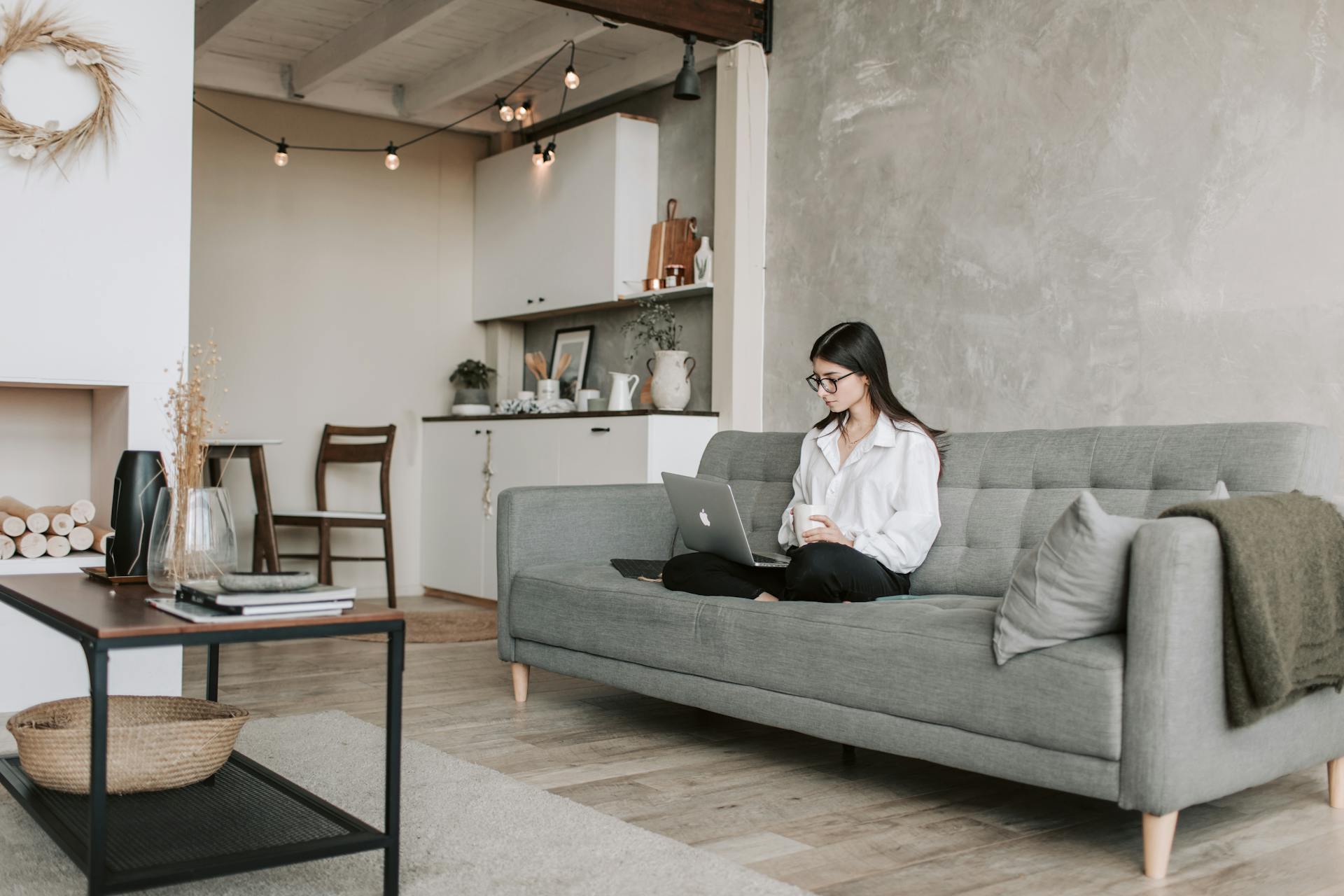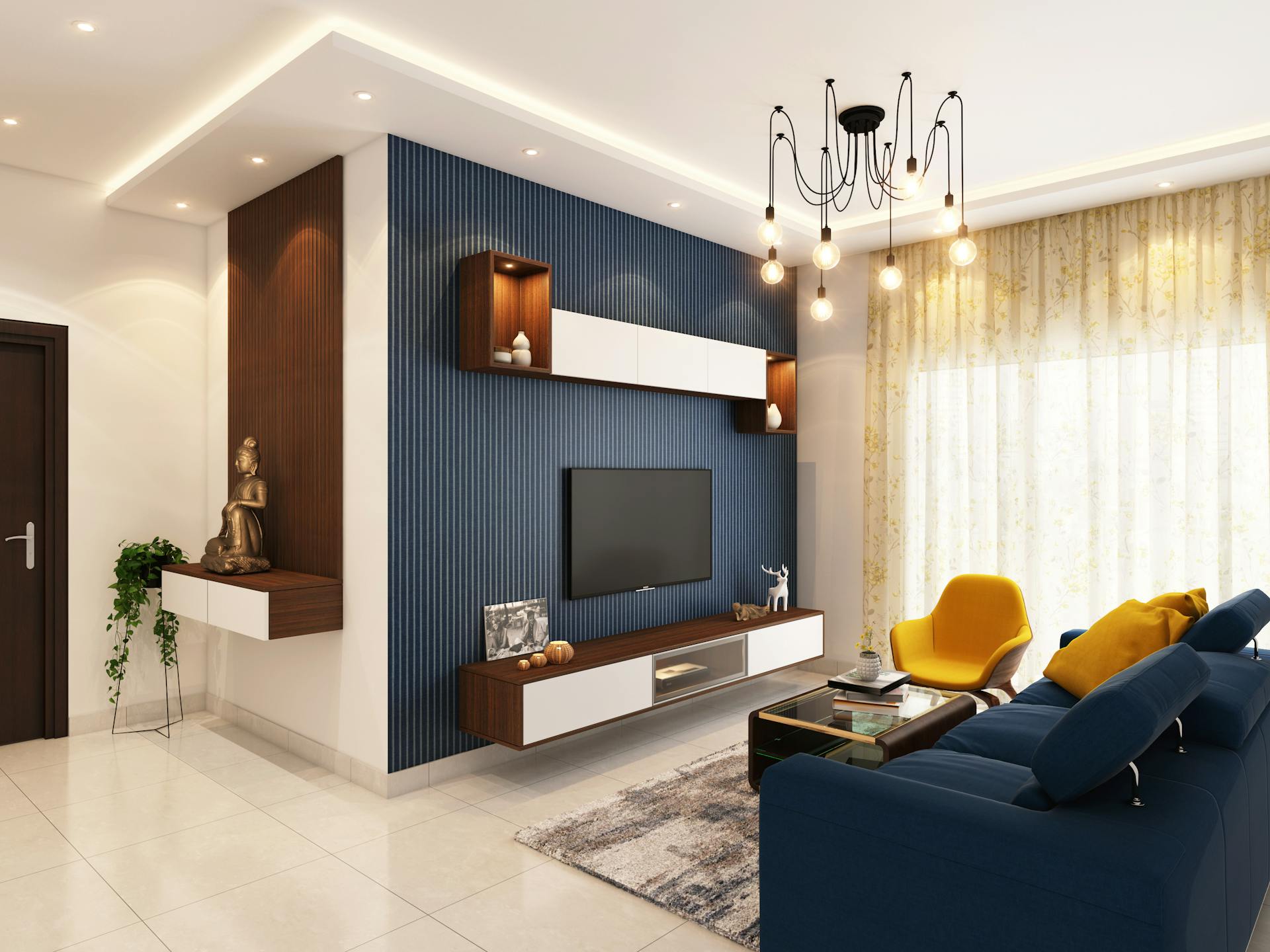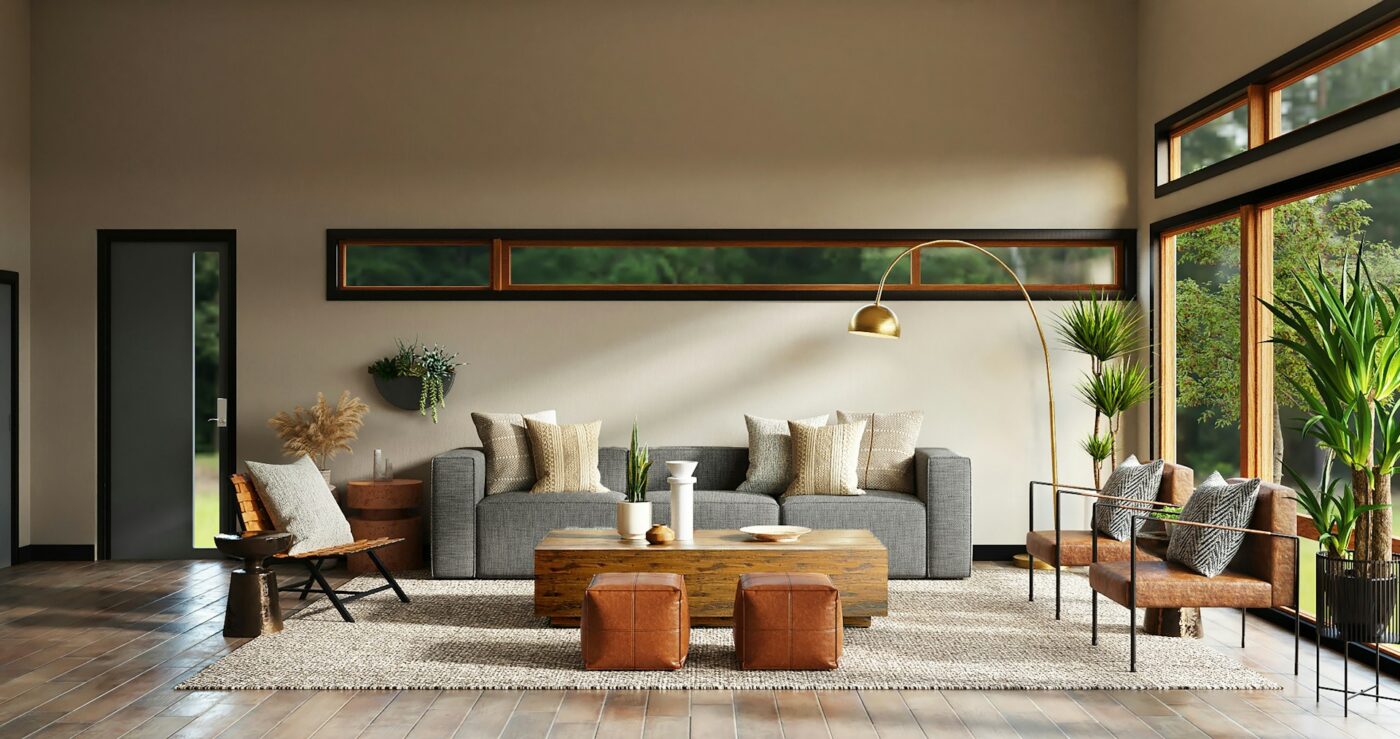Creating a home that feels both welcoming and aesthetically pleasing can seem like a difficult task. Yet, the secret to achieving this lies in the art of perfect proportions. By understanding how to achieve harmony and balance in your interior design, you transform your space into a haven that reflects style and comfort. Harmony and balance are not just design buzzwords; they are the pillars supporting your living space’s beauty and functionality. So, let’s explore how to use these elements in your home, ensuring your design not only captivates but also comforts.
Embrace New Beginnings with Professional Support
Moving offers a unique opportunity to refresh and redesign your living space. It’s the perfect time to try and achieve harmony and balance in your interior design. While the thought of moving might seem intimidating, My Brooks Moving New Hampshire ensures a smooth transition. Since 1983, they’ve built a reputation for satisfaction through professionalism, reliability, and punctuality. They prioritize their client’s needs, making them your trusted partner in navigating the complexities of any move. With this company handling the logistics, you can focus on designing your dream space, whether you’re diving into the creative process yourself or collaborating with an interior designer.
Understand the Basics of Proportion and Balance
At its core, proportion refers to the relationship between elements within a space. For instance, a room where furniture overshadows the room size feels cramped and not cozy. Conversely, tiny pieces in a vast room can seem lost. Balance, then, is the distribution of visual weight across a space. It can be symmetrical, creating a mirror image effect, or asymmetrical, which offers a more dynamic feel.

Interestingly, the Golden Ratio (approximately 60/40), a natural mathematical principle, has been used for centuries to create visually pleasing designs. It suggests that 60% of your floor space should contain furniture, and 40% should be left open to make a room feel complete. Spaces designed with the Golden Ratio in mind are often perceived as more harmonious. This principle can guide the placement of furniture, artwork, and even a room layout to ensure a pleasing flow and sense of order.
The Role of Scale and Size
So, how do we apply these concepts? Start with the scale and size of your furniture. A common mistake is choosing pieces without considering the room’s dimensions. A large, overstuffed sofa might be comfortable, but it disrupts the balance if it overwhelms the space. Instead, opt for furniture that fits the scale of the room. This makes the room more functional but also more appealing. For example, a sleek sofa and compact side tables in a small living room can make the space look larger and more inviting.
Color and Texture
Now, to further achieve harmony and balance in your interior design, let’s discuss color and texture. These elements are crucial in setting the mood and influencing the perception of space. Light colors, for example, can make a room feel larger and more airy. Dark hues tend to create a sense of warmth and intimacy. By balancing these colors, you can manipulate how a room feels.
Texture adds another layer of complexity. A room with a mix of textures feels rich and inviting. Consider a living room with a soft, plush rug, sleek leather sofa, and rough wooden accents. This combination of textures distributes visual weight, adding depth and interest. Remember, the goal is not to overwhelm but to complement. Balancing different textures can turn a bland space into a comforting retreat.

Lighting Is the Key to Visual Harmony
Lighting is also important when creating a visually harmonious interior. It’s not just about ensuring you can see clearly, even though that is its main role. It’s about crafting ambiance, highlighting features, and balancing the mood of your space. The right lighting can elevate a room from ordinary to extraordinary, making it crucial to consider how different sources will interact with your design elements.
Blending various lighting types achieves harmony and balance in your interior design. Ambient lighting provides overall illumination, task lighting focuses on specific areas for activities like reading, and accent lighting highlights architectural features or artwork. For example, in a living room:
- Use a central ceiling fixture or recessed lights for ambient lighting.
- Add floor lamps beside reading chairs for task lighting.
- Install picture lights above artwork to draw attention.
This combination ensures functionality while creating a layered, inviting atmosphere. Also, consider natural light. It can transform a space, affecting colors and the perception of size. Position furniture to maximize sunlight during the day and use window treatments to soften direct light, enhancing the room’s mood.
Spatial Arrangement for Flow and Functionality
Another vital aspect is the spatial arrangement. Proper furniture placement can make a room more open, welcoming, and functional. You need to think about how people will move through it. For instance, ensuring enough space between the sofa and coffee table improves flow, making the room more user-friendly. Similarly, creating distinct zones within open-plan areas can help manage the space more effectively, using rugs or furniture arrangements to delineate dining, lounging, or working areas.
Art and Decorative Elements
Art and decorative elements add personality and focal points to your interior, helping to achieve harmony and balance. When selecting art:
- Consider the scale; a small painting on a large wall can look lost.
- Group smaller pieces together to create a cohesive look.
- Use art to introduce or tie together color schemes.
Decorative elements, like cushions, vases, or books, should complement the room’s color palette and theme, adding interest without overwhelming the space. These elements allow you to inject personality into your design, making your home truly yours.
Personalize Your Space
Personalizing your space is fundamental for creating a home that looks good and feels right. This means mixing design principles with personal tastes and memories. A balance between cherished items, like family heirlooms, and new pieces ensures your space reflects your history and future. It’s about creating a story that’s uniquely yours, making every corner of your home meaningful.

Achieve Harmony and Balance in Your Interior Design with Our Help
Achieving harmony and balance in your interior design is about more than following trends. It’s about creating a space that reflects your personality, meets your needs, and feels right. Every element is important in crafting a harmonious interior. Remember, the goal is to create a space where beauty meets functionality, where every element works in concert to create a place you’re proud to call home. Embrace these principles, and you can achieve harmony and balance in your interior design, transforming your living space into a source of comfort and inspiration.
Author bio:
 Lara Flynn is an SEO writer passionate about interior design and staying ahead of the latest trends. She enjoys crafting engaging content that inspires readers.
Lara Flynn is an SEO writer passionate about interior design and staying ahead of the latest trends. She enjoys crafting engaging content that inspires readers.
